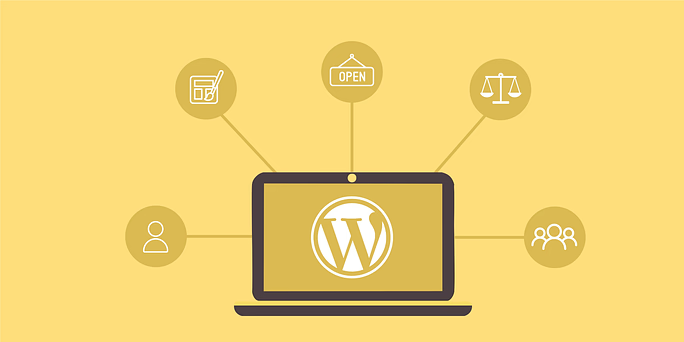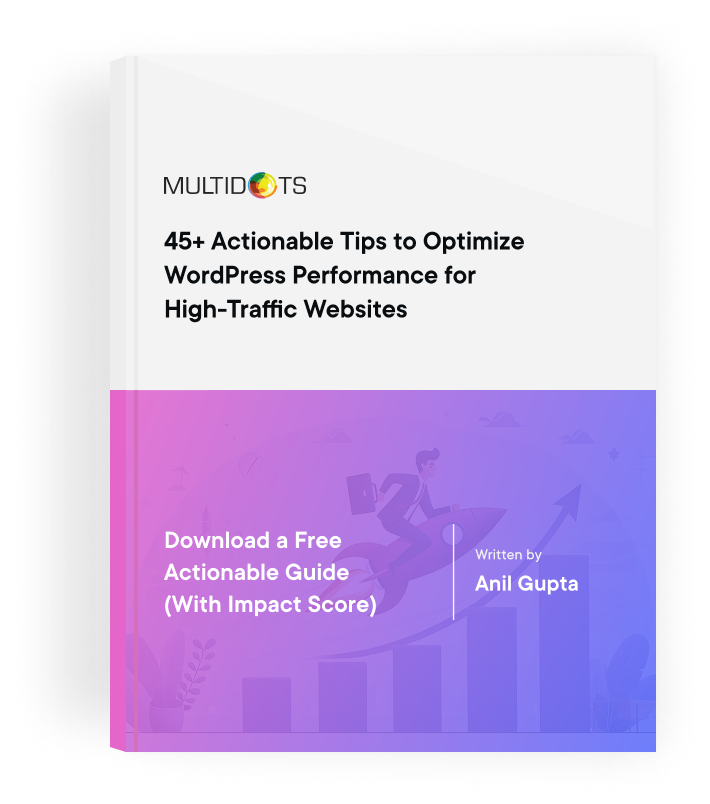Mastering the Art of Content Fragments in AEM
Learn to effectively leverage content fragments in AEM for streamlined content management and improved workflows

Table of Contents
If you're using Adobe Experience Manager (AEM) as a headless CMS, or need to easily distribute content across multiple channels, AEM Content Fragments are essential for streamlining the process. However, like AEM itself, they also come with certain drawbacks.
This article will explore what Content Fragments are and why they are so important for efficient content management. For those interested in multi-channel publishing, we will also discuss a more user-friendly alternative.
What Are AEM Content Fragments
AEM Content Fragments allow users to create page-independent content, making them ideal for headless content management. Essentially, Content Fragments are reusable pieces of content that can be authored independently of their final use case. This makes them a flexible and efficient tool for managing content across different platforms and devices. Particularly useful for managing textual content in a channel-agnostic manner, Content Fragments enable effortless content distribution across multiple platforms, such as websites and apps.
The Different Types of Content Fragments
- Simple/Basic Fragments: These are out-of-the-box templates with no customization, typically consisting of a single text field.
- Complex Fragments: These use a predefined structure for the fragment and allow users to customize it. They can combine various data types such as text, number, date, etc.
- Nested Fragments: These are used for delivery to applications and can also be delivered in JSON format, enhancing their versatility and integration capabilities.
The Power and Flexibility of Content Fragments in AEM
AEM Content Fragments give users power and flexibility, allowing content creators to maintain structured data and text in a channel-neutral form. This means content can be reused and formatted for various end-points, not just confined to a single website. This multi-use capability is a game-changer for AEM content management, enabling easy distribution across different platforms and devices.
Content Fragments can be combined with other content types and integrated into various parts of a website or multiple sites and applications. This flexibility is particularly great for businesses seeking consistency and efficiency in their content delivery. By using APIs, Content Fragments enable users to deliver structured content in a headless manner, supporting a wide range of applications and use cases.
Content Fragments are modular and page-independent, and make updating content straightforward and efficient. Changes made to a fragment in the centralized base automatically reflect across all instances where the fragment is used. This not only reduces redundancy but also ensures consistency across different channels and platforms, significantly enhancing the overall content management process.
The Difference Between Content Fragments and Experience Fragments
Content Fragments represent pure content, devoid of design or layout elements, making them versatile and adaptable for various end-points. They are typically used for structured data and can be delivered in multiple formats, which makes them ideal for headless CMS scenarios where content needs to be distributed across various platforms and devices without being tied to a specific design, e.g. an author’s bio.
On the other hand, Experience Fragments are combinations of content and layout that create a particular user experience. They include multiple components and content variations, such as text, images, and other media, all designed to ensure a consistent user experience across different channels. Experience Fragments allow the same user experience to be reused wherever needed, providing a cohesive look and feel across a company's digital assets.
While both Content and Experience Fragments offer flexibility and support multi-channel publishing, getting to know AEM can still be a complex task. Companies may find it challenging when they have various teams, including non-technical staff, who need to update content quickly and easily. For these organizations, there is a simpler alternative…
WordPress: A More User-Friendly CMS

WordPress is known for its simplicity and user-friendly interface, making it easy for all levels to use and manage their content. Unlike AEM, which often requires significant technical expertise, WordPress's intuitive design allows users to quickly learn and efficiently manage their websites without needing extensive training or technical support.
One of WordPress's best features is its extensive range of themes and plugins. These tools allow users to customize their sites to meet specific needs and preferences with little to no knowledge of coding. This significantly reduces the dependency on developers, allowing content managers and business owners to make changes and updates on their own. For those who do require custom features or a fully bespoke site, the vast number of developers familiar with WordPress means there is a wealth of talent available to assist.
As an open-source platform, WordPress offers complete access to its code, allowing for any customization imaginable. This flexibility ensures that businesses can tailor their CMS to perfectly fit their unique requirements. Besides, its capability as a headless CMS provides the same benefits of Content Fragments in AEM, enabling structured content delivery across multiple platforms and devices.

WordPress is not only user-friendly but also highly scalable, making it an ideal choice for enterprise-level content management. Its flexibility and customization options allow large organizations to streamline their content management process, ensuring efficient content delivery across multiple channels.
A simpler and more accessible alternative to AEM, with a user-friendly interface, customizable options, and a supportive community, WordPress is ideal for companies looking to streamline content management and empower their teams, regardless of the scale of their operations. The benefits of WordPress are:
- User-Friendly Interface: Easy to learn and use without extensive training.
- Extensive Themes and Plugins: Customization with little to no coding.
- Open-Source Flexibility: Complete access to code for any customization.
- Scalable and Enterprise-Ready: Suitable for businesses of all sizes.
- Supportive Community: A wealth of resources and developers available.
Start Your Migration with Multidots Today
Managing and using AEM Content Fragments can be complex and challenging. If you're facing difficulties with AEM's rigid nature and struggling to manage large-scale content effectively, it might be time to think about a more user-friendly and flexible CMS platform. WordPress offers an intuitive interface, extensive customization options, and a vast support community, making content management simpler and much more efficient.
Multidots specializes in enterprise-level AEM to WordPress migrations, ensuring an efficient transition for large-scale content management systems. Our expert team handles all the complexities, ensuring that your migration process is smooth, with no data loss or SEO issues. We understand the unique challenges that come with enterprise-level content management and have the expertise to guide you through the transition process.
So, if you agree that WordPress may be a better alternative for your enterprise-level content management needs, get in touch with Multidots today to find out more!
Feel free to schedule a quick call with our migration expert.
Contact Us
